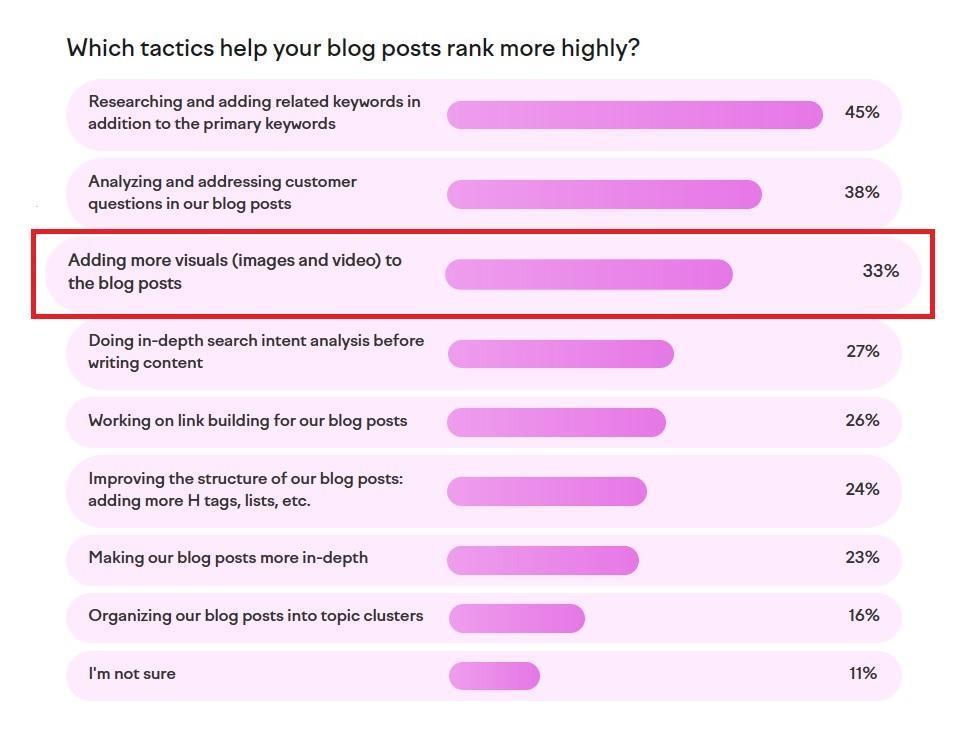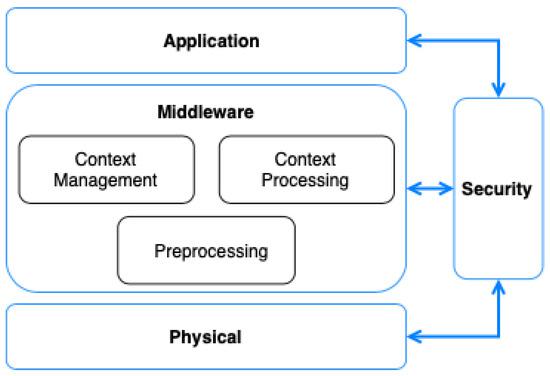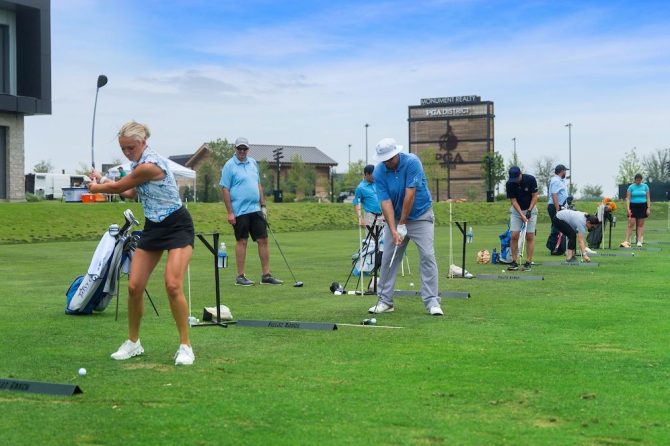Navigating the complexities of greenside rough can be a significant hurdle for golfers, regardless of their experience level.This often-neglected aspect of the game can greatly influence scoring potential, notably when players encounter challenging lies near the green.Recent findings from professional coaches underscore the necessity of mastering shot-making techniques to achieve improved control and consistency in thes challenging situations. By honing swing mechanics and adapting to the specific demands of thicker rough, golfers can boost their ability to recover from missed greens and ultimately lower their scores. Experts stress that regular practice is vital for skill enhancement, urging players to experiment with various lies to build confidence and proficiency. As the season unfolds, understanding and addressing the subtleties of greenside rough could be the key to transforming a good round into a great one.
Enhancing Chipping Accuracy from Greenside Rough
To improve chipping accuracy from the greenside rough, it’s crucial to assess your club selection and stance. Choose a club that suits the grass’s lie; generally, a lob wedge or sand wedge is ideal for soft, thick grass, while a 9-iron or pitching wedge is better for thinner lies. Adjust your stance by placing the ball slightly back in your setup to encourage a downward strike, which can definitely help lift the ball out of the rough more effectively.
Your swing path is essential for controlling both distance and accuracy. Aim for a **narrower swing arc**, which facilitates a more precise connection with the ball. Employ a shorter backswing while keeping your wrists steady to reduce unnecessary movement. Practicing the **following techniques** can solidify your approach:
- Keep your head steady throughout the shot.
- Engage your core for stability during the swing.
- Follow through at the same height as your backswing for a smoother finish.
Additionally, mastering the skill of green reading is vital when chipping from the rough. Before executing your shot, evaluate the slope and grain of the grass to understand how they will influence your ball’s trajectory. Simple adjustments based on your observations can lead to significant improvements in accuracy. Consider using a table to track various conditions you encounter on the course:
| Lie Type | Recommended Club | Green Reading Tips |
|---|---|---|
| Thick Rough | Sand Wedge | Observe grain direction; chip accordingly. |
| Thin Rough | Pitching Wedge | Identify slopes that may affect ball roll. |
| Short Grass | Lob Wedge | Watch for bumps and undulations on the green. |
The Role of Lie Angle in Shot Success
The lie angle of a golf club is crucial in determining the trajectory and direction of your shots, particularly when dealing with challenging greenside rough. An incorrect lie angle—whether too upright or too flat—can lead to inconsistencies, resulting in slices, hooks, or fat shots. Understanding this concept enables golfers to make necessary adjustments that can substantially enhance their performance on the course.
Here are some key factors to consider regarding lie angle:
- Personalization: Custom-fitting clubs to your specific lie angle ensures optimal contact with the ball, promoting straighter and more accurate shots.
- Impact on Ball Flight: A correct lie angle helps maintain the desired trajectory, encouraging tighter shot dispersion and better distance control.
- Adjustment Techniques: Golfers can experiment with stance and setup to compensate for deficiencies in lie angle while learning to feel the differences in club behavior through various lies.
Utilizing a simple chart can definitely help visualize how lie angle affects shot patterns:
| Lie Angle | Typical Shot Pattern |
|---|---|
| Too Upright | Causes shots to the right (for right-handed players) |
| Correct | Promotes straight shots |
| Too Flat | Leads to shots to the left |
By paying close attention to the lie angle and making mindful adjustments, golfers can greatly enhance their consistency and control, especially when faced with the unpredictable nature of greenside rough. Ultimately, understanding how your equipment interacts with various turf lies will lead to greater confidence and success on the course.
Selecting the Appropriate Club for Greenside Recovery Shots
When confronted with greenside recovery shots,choosing the right club is essential for achieving consistency and control. **Wedges** are typically the preferred option, but the specific type can significantly influence your results. Consider your distance from the pin and the slope of the terrain. Using a **pitching wedge** for moderate distances provides more control, while a **sand wedge** or **lob wedge** may be better suited for higher lofted shots over obstacles.
Evaluate the lie of the ball in the rough. A clean lie allows for more club options, while a **nesting lie**, where the ball is deeply embedded in grass, may require a more exaggerated swing with a club that has a larger face—like a **sand wedge**—to help prevent snagging. Given these factors, it’s wise to practice different club selections, focusing on how each club interacts with the unique conditions of greenside recovery situations.
Consider the **trajectory** you wish to achieve.A lower trajectory may be more suitable for tight lies, while a higher shot might work better in softer conditions. Utilize the following principles for clarity:
| Club Type | Best For | shot Strategy |
|---|---|---|
| Pitching Wedge | Moderate distances | Controlled loft, accuracy |
| Sand wedge | Soft lies or bunkers | Higher loft, soft landing |
| Lob Wedge | Over obstacles | Maximum height, spin |
Implementing Mindset Strategies for Improved Focus
In the realm of golf, maintaining focus is crucial, especially when faced with the challenges of greenside rough. To effectively navigate these tricky situations,cultivating a consistent mindset is essential. Golfers can begin by establishing a pre-shot routine that promotes **mental clarity** and **emotional calm**. This may include deep breathing exercises or visualizing the shot before execution. Developing these habits not only prepares the mind but also helps alleviate the anxiety that often accompanies difficult lies.
Another vital aspect of enhancing focus is **setting specific goals** during practice sessions. Instead of merely aiming to improve general swing mechanics, golfers should concentrate on specifics such as **distance control** and **shot trajectory**. By clearly defining objectives for each session, players can create a more structured approach to practice that inherently boosts concentration. Tracking progress through a journal or app can serve as additional motivation, providing a tangible record of improvement.
Incorporating elements of mindfulness into practice can significantly enhance performance from adverse lies. Techniques such as **meditative breathing** and **visualization** enable golfers to remain present in the moment, reducing distractions stemming from pressure or expectations. Engaging in regular mindfulness exercises can retrain the brain to react calmly in high-stakes situations, ultimately leading to improved focus and better outcomes on the course. Players who master this mental aspect may find their swings become more instinctive, resulting in greater control even in the most challenging conditions.
In a disappointing turn of events,Rickie Fowler withdrew from the WM Phoenix Open due to illness. The golfer’s absence raises questions about his health and performance as the season progresses. Fans will be eager for updates on his recovery.
—
Mastering the techniques to enhance consistency and control from the greenside rough is vital for any golfer aiming to lower their scores. By practicing the strategies outlined, players can improve their short game and navigate challenging situations with confidence.

Mastering the Greenside Rough: Tips for Unmatched Consistency and Control
Understanding the Greenside rough
The greenside rough can be a daunting challenge for golfers of all skill levels. It frequently enough presents a unique set of conditions that differ from the well-manicured fairways and greens. Understanding these differences is crucial for developing effective strategies to navigate this tricky terrain.
Characteristics of the Greenside Rough
- Thicker Grass: The grass in the rough is typically longer and denser,which can hinder your club’s interaction with the ball.
- Lie Variability: Lies can vary greatly, affecting your stance and swing mechanics.
- Uneven Terrain: Slopes and undulations can influence how the ball reacts upon impact.
Benefits of Mastering the Greenside Rough
- Enhanced Short Game Performance: Developing skills to handle the rough leads to a more reliable short game.
- Reduced Stroke Count: Improved consistency in difficult lies can save valuable strokes on your scorecard.
- Greater Confidence: Mastery over challenging conditions boosts your overall confidence on the course.
Next-Level Techniques for the Greenside Rough
1. Club Selection
Choosing the right club is crucial when playing from the greenside rough. Here’s a quick guide:
| Lie Type | Recommended Club | Reason |
|---|---|---|
| Fluffy Lie | Wide-sole Sand Wedge | Helps prevent digging into the grass |
| Thin Lie | Pitching Wedge | Allows for better precision and control |
| Uneven Lie | Gap Wedge | Offers versatility for varied terrain |
2. Stance and Setup
Your setup can dramatically influence your shot’s outcome. Consider the following:
- Wider Stance: A wider stance can provide better balance on uneven lies.
- Lower Center of Gravity: Bend your knees slightly more to optimize your swing mechanics.
- Open Your Clubface: Adjusting your clubface can help manage the ball’s trajectory, especially when hitting from thicker grass.
3. Swing Techniques
To ensure a accomplished shot from the greenside rough, focus on these swing techniques:
- Steeper Angle of Attack: Aim to strike down more on the ball, which helps it escape the rough.
- Follow Through: Maintain a full follow-through to ensure a smooth and intentional shot.
- Practice Rhythm: Developing a consistent swing rhythm can enhance timing and accuracy.
First-Hand Experience: Real-Life Applications
Case Study: A Weekend Golfer’s Journey
john, an avid golfer, struggled with his short game until he focused on mastering the greenside rough. Through dedicated practice, he learned to manage his club selection and adjusted his stance and swing technique. As an inevitable result,his short game improved significantly,and he recorded personal best scores.
Tips from the Pros
Many seasoned golfers have shared valuable techniques for mastering the rough. Here are some pro tips:
- Visualize the Shot: Before each swing, visualize the trajectory and landing zone to enhance focus and confidence.
- Practice on Different Lies: Frequent practice in varied rough conditions helps develop adaptability and skill.
- Use the Bounce: On approaching thicker grass, learn to utilize the bounce of your club to reduce friction.
Common Mistakes to Avoid
Understanding what to avoid can be as crucial as knowing what to do.Common pitfalls include:
- Too Much Loft: Over-lofting can lead to issues with control. Use your wedges wisely.
- Stepping Back: Don’t step back in attempt to gain distance; focus on a clean strike rather.
- Incorrect Grip Pressure: Maintain a relaxed grip to ensure fluidity in your swing.
Conclusion
By mastering the greenside rough using these techniques, golfers can not onyl enhance their short game but also enjoy greater consistency and control. Adopting the right strategies, learning from experienced players, and avoiding common mistakes will lead to remarkable improvements on the course.





